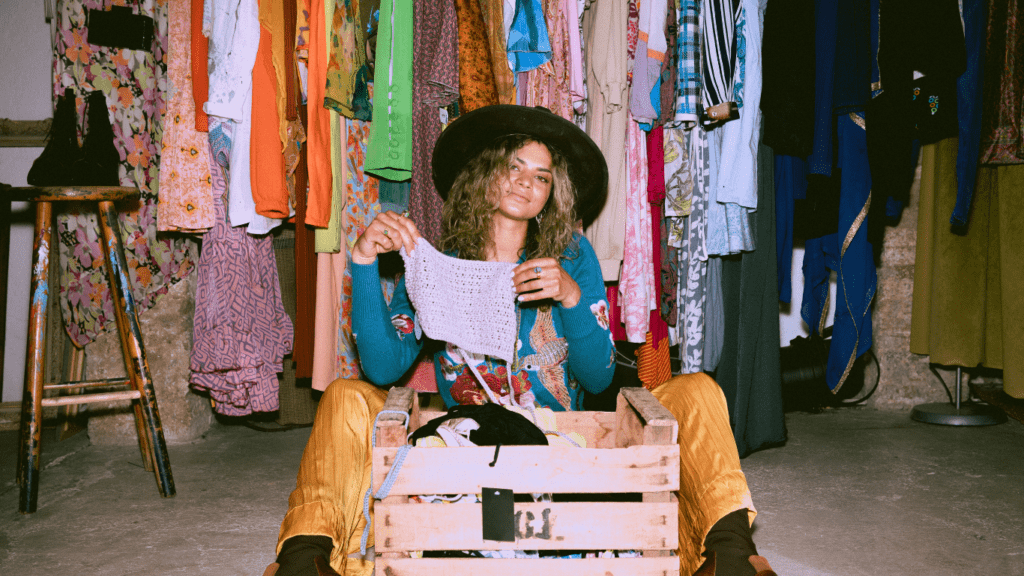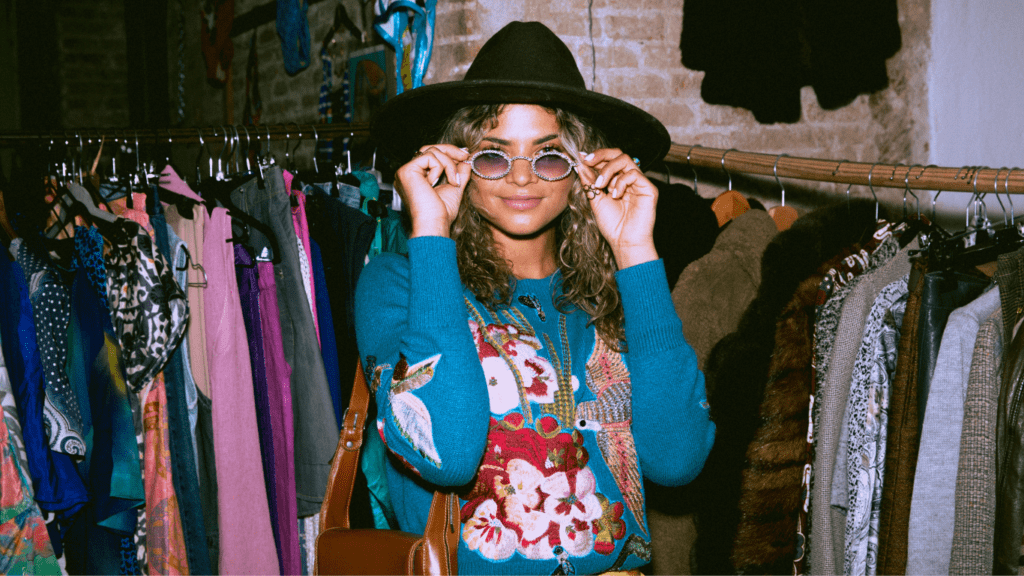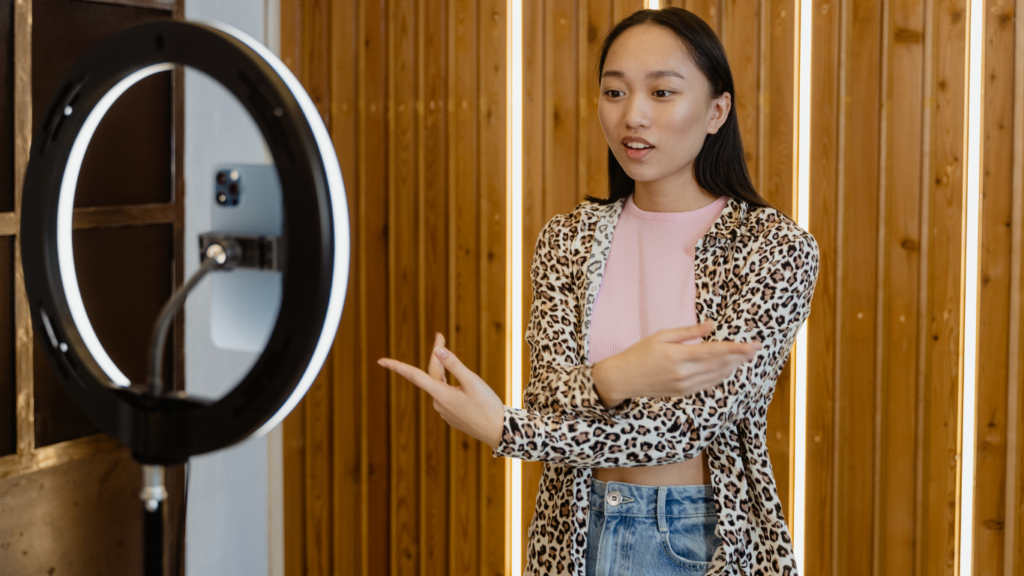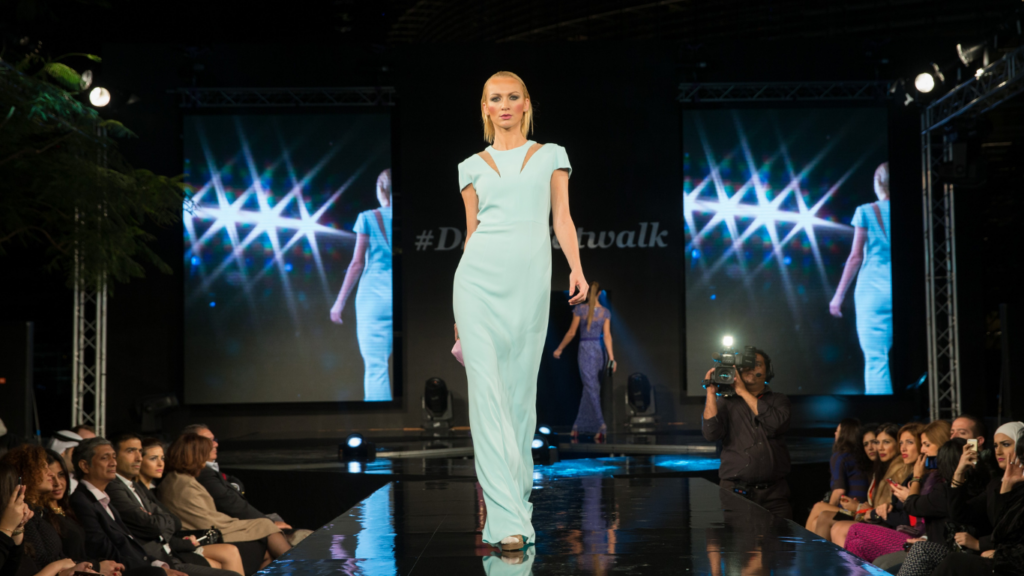Understanding the Appeal of Vintage and Second-Hand Fashion
Vintage and second-hand fashion are gaining popularity due to their unique styles and sustainability.
Unique Styles and Individuality
- Unique styles enhance personal expression.
- Vintage pieces, often one-of-a-kind, allow individuals to stand out.
- A 1960s jacket or 1980s dress offers distinct looks not found in modern stores.
- Unique items create personalized wardrobes.
- The individuality in vintage fashion helps people differentiate themselves, celebrating diverse tastes and creativity.
- Fashion enthusiasts often appreciate the craftsmanship in vintage clothing, setting it apart from contemporary mass-produced items.
Sustainability and Environmental Impact
Sustainability drives the appeal of vintage fashion. By choosing second-hand clothing, individuals reduce waste and the demand for fast fashion. The fashion industry contributes significantly to global pollution.
According to the Ellen MacArthur Foundation, the fashion industry generates 1.2 billion tons of CO2 annually. Wearing vintage and second-hand clothes helps mitigate this impact. Reusing existing garments conserves resources. Each purchase of pre-owned clothing supports a circular economy, promoting more sustainable consumer habits and lessening environmental harm.
The Rise of Vintage and Second-Hand Fashion
Vintage and second-hand fashion are surging in popularity, driven by factors like:
- social media influence
- celebrity endorsements
- shifting fashion trends
Influence of Social Media
Platforms like Instagram and TikTok showcase curated vintage looks, turning everyday users into trendsetters, driving demand for unique pieces. Influencers often highlight thrift hauls and styled second-hand outfits, making sustainable fashion aspirational. Users search hashtags like #VintageFashion or #ThriftStoreFinds to find inspiration from a global community of fashion enthusiasts. Social media democratizes style, letting individuals express their personalities through unconventional fashion choices.
Celebrity Endorsements
Celebrities play a pivotal role in popularizing vintage and second-hand fashion. Stars such as Zendaya, Billie Eilish, and Kate Moss frequently appear in vintage outfits at high-profile events.
Their choices often generate media buzz and inspire fans to emulate their looks. Celebrity stylists, who source unique pieces from vintage stores or curated collections, further enhance the appeal of second-hand fashion. High-profile endorsements validate the trend, making it more accessible and desirable to a wide audience.
Fashion Trends Shifting
Fashion trends increasingly favor sustainability, with many brands integrating eco-friendly practices. Designers incorporate vintage elements into new collections, reflecting a growing appreciation for retro styles.
Consumers shift preference towards durable, timeless pieces over fast fashion items. Brands like Reformation and Patagonia emphasize upcycling and sustainable materials, aligning with the public’s evolving values. This shift broadens the market for vintage and second-hand clothing, as people seek to adopt more ethical and environmentally conscious fashion choices.
Key Factors Driving the Comeback
Vintage and second-hand fashion are gaining momentum due to several key factors that resonate with both consumers and industry insiders.
Economic Considerations
Shoppers often find vintage and second-hand clothing to be more affordable than new items. Rising costs make buying new clothes less accessible, prompting consumers to explore alternative options.
Second-hand stores and online marketplaces like Poshmark and Depop provide budget-friendly choices without compromising style. Additionally, buying pre-owned items helps extend the life cycle of garments, contributing to a circular economy.
Quality and Craftsmanship
Vintage clothing is renowned for its superior quality and craftsmanship. Many older garments feature meticulous construction and durable materials, often surpassing modern fast-fashion offerings.
For example, vintage denim jeans and leather jackets typically last longer due to better fabric and stitching. Consumers seeking longevity and unique designs are drawn to these well-crafted pieces. High-quality vintage items often appreciate in value, making them wise investments.
Nostalgia and Historical Value
Nostalgia plays a significant role in the appeal of vintage fashion. Wearing pieces from past decades allows individuals to connect with history and relive iconic fashion moments.
Items like 70s bell-bottoms or 90s grunge tees hold sentimental value and cultural significance. Historical value also adds depth to one’s wardrobe, offering stories and context that new clothes can’t provide. This connection to the past enriches personal style and adds unique layers to everyday outfits.
Where to Find Vintage and Second-Hand Gems

Finding vintage and second-hand gems has never been easier. Various sources offer unique and stylish finds that cater to different tastes and budgets.
Online Marketplaces
Online marketplaces provide a convenient way to discover vintage and second-hand treasures. Websites like Etsy and eBay host numerous sellers specializing in clothes from various eras, ensuring a broad selection. Platforms like Depop and Poshmark allow users to buy and sell pre-loved fashion items, creating a community of fashion enthusiasts sharing unique pieces.
Dedicated vintage stores, such as ThredUp and The RealReal, offer curated collections, ensuring authenticity and quality. These marketplaces often have search filters for specific periods, brands, and conditions, simplifying the finding process.
Thrift Stores and Consignment Shops
Thrift stores and consignment shops are treasure troves for vintage fashion. Stores like Goodwill and Salvation Army offer a diverse range of second-hand clothing at affordable prices.
Local thrift shops often carry hidden gems that reflect regional styles and histories. Consignment shops, such as Crossroads Trading and Buffalo Exchange, provide a curated selection of second-hand items, with an emphasis on current trends and high-end brands. These stores frequently update their inventories, making regular visits essential to finding the best pieces.
Tips for Integrating Vintage and Second-Hand Pieces into Your Wardrobe
Incorporating vintage and second-hand fashion into your wardrobe can add a unique flair, reduce waste, and embrace sustainable practices.
Mixing Old and New Styles
Combining vintage and contemporary pieces creates a balanced and stylish look. I pair a vintage band tee with modern skinny jeans for a casual vibe. Mixing a 1950s circle skirt with a sleek, modern blouse adds sophistication. Accessories like vintage scarves, hats, or bags can infuse contemporary outfits with character. Layering techniques work well; a vintage denim jacket over a new dress can transform your entire outfit.
Identifying True Vintage Items
Identifying authentic vintage items ensures you get genuine pieces. I check the labels; true vintage pieces often have brand labels designed differently from modern versions. Fabrics and stitching are tell-tale signs; older garments typically use natural materials like wool, cotton, or silk with hand-finished stitches.
I always look for unique zippers, buttons, and tags that date back to specific decades. Shopping at reputable vintage stores where authenticity is guaranteed simplifies the identification process. Online research on vintage brands and styles further aids in distinguishing true vintage from reproduction.



 Beauty Product & Fashion Brand Reviewer
Elizabethie Vallestiera is Glam World Walk's go-to expert for in-depth beauty product reviews and luxury brand spotlights. With a meticulous approach to analyzing the latest beauty innovations, she ensures that readers are always informed about the best products on the market. Elizabethie’s passion for uncovering the stories behind iconic fashion brands makes her articles not only informative but also captivating, offering a blend of style, substance, and glamour that readers crave.
Beauty Product & Fashion Brand Reviewer
Elizabethie Vallestiera is Glam World Walk's go-to expert for in-depth beauty product reviews and luxury brand spotlights. With a meticulous approach to analyzing the latest beauty innovations, she ensures that readers are always informed about the best products on the market. Elizabethie’s passion for uncovering the stories behind iconic fashion brands makes her articles not only informative but also captivating, offering a blend of style, substance, and glamour that readers crave.
